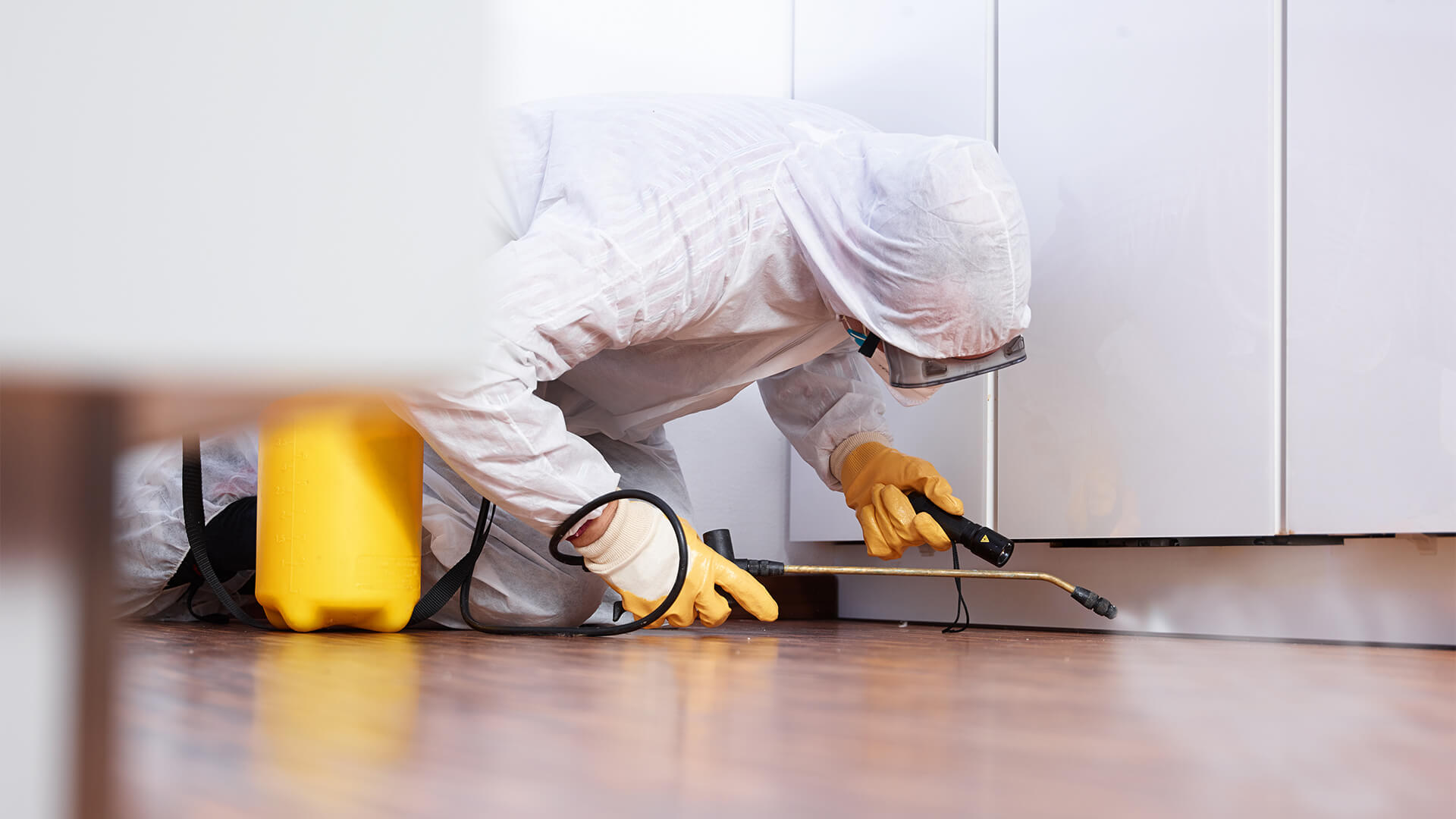A1 Pest Control Charlotte NC Bed Bugs - Expert Elimination Services
Wiki Article
Bed Bug Therapy Breakdown: Comparing Chemical Vs. Non-Chemical Solutions
In the world of pest control, especially when dealing with the consistent issue of bed insects, the selection between chemical and non-chemical treatment services can be an essential one. Both techniques provide distinctive advantages and drawbacks, influencing variables such as performance, security factors to consider, and total expense. By examining the nuanced details of each technique, a clearer understanding of which path to go after in resolving a bed insect infestation can be obtained.Efficiency of Chemical Therapies
Chemical therapies for bed pest problems have actually been extensively recognized for their potent and fast efficiency in eliminating these bugs. When thinking about the performance of chemical therapies, it is important to understand that they can supply a fast and complete remedy to a bed insect issue. Specialist pest control specialists typically rely upon pesticides to target bed pests at different stages of their life process, including eggs, fairies, and adults. These chemicals usually function by disrupting the bed pests' nerve system, causing paralysis and ultimate death.Furthermore, chemical therapies have the advantage of supplying residual impacts, meaning that they can proceed to get rid of bed bugs even after the first application. This recurring action is particularly advantageous in combating any kind of possible re-infestations. In addition, the quick action of chemical therapies can bring relief to people encountering severe bed insect infestations, enabling them to reclaim control of their home quickly.
Security Interest In Chemical Solutions
When making use of chemical options for bed bug treatment is making certain the security of owners and the environment,One critical element that calls for careful consideration. While chemical treatments can be efficient in eradicating bed pests, they may present dangers if not dealt with correctly. One of the primary safety problems with chemical solutions is the potential harm they can trigger to human health. Exposure to particular chemicals used in bed bug therapies can cause respiratory problems, skin inflammation, or other unfavorable reactions, particularly in individuals with pre-existing problems or level of sensitivities. In addition, incorrect application or dosage of chemical pesticides can result in harmful residues sticking around in the treated area, posturing long-term wellness risks to residents.Furthermore, the environmental effect of chemical solutions is an additional significant consideration. Some pesticides utilized in bed bug treatments may be harmful to helpful bugs, wild animals, and communities if they leach right into the dirt or water systems. It is vital to utilize chemical therapies carefully, adhering to safety standards, and considering much less poisonous choices to reduce these dangers and make certain the risk-free and reliable monitoring of bed pest problems.
Advantages of Non-Chemical Approaches
Taking into consideration the prospective security problems and ecological influence connected with chemical services for bed pest therapy, checking out non-chemical strategies offers a promising alternative with numerous distinctive benefits. Non-chemical treatments are eco pleasant, as they do not add to air or water contamination, making them a sustainable option for bug control.In addition, non-chemical solutions can be effective in targeting bed insects, consisting of hard-to-reach locations where chemical therapies might not pass through - A1 bed bug exterminator charlotte. Approaches such as warm treatment, vacuuming, vapor cleaning, and cushion coverings provide detailed elimination without the use of damaging chemicals.
Limitations of Non-Chemical Treatments

Additionally, non-chemical therapies often require multiple applications to attain successful obliteration. This can be time-consuming and may not constantly guarantee total removal of all bed pests and their eggs, particularly in concealed or hard-to-reach areas.
Furthermore, the success of non-chemical treatments heavily relies upon correct execution and thoroughness, which can be testing for people without professional experience. Inadequate application of non-chemical methods may result in incomplete eradication, resulting in consistent invasions and the requirement for extra therapies.
Consequently, while non-chemical treatments have their advantages, it is necessary to recognize these restrictions and consider them when determining the most effective strategy for managing bed bug infestations.
Expense Contrast: Chemical Vs. Non-Chemical Options
Offered the limitations linked with non-chemical therapies, a crucial element to examine in the context of bed bug monitoring is the price comparison in between chemical and non-chemical alternatives. Chemical treatments generally involve the application of pesticides by experts, which can range from $250 to $900 per room, relying on the extent of the problem and the dimension of the area to be treated. In comparison, my link non-chemical therapies like heat therapy or steam can be more pricey, with prices ranging from $1,000 to $6,000 for an entire home. While the initial cost of chemical treatments may appear lower, numerous therapies may be called for to fully remove the invasion, potentially enhancing the total cost. On the other hand, non-chemical choices may provide an extra environmentally friendly and lasting service, although learn the facts here now they can be cost-prohibitive for some people. Ultimately, when considering the expense of bed bug treatment alternatives, it is crucial to consider the in advance expenditures against the efficiency and long-term sustainability of the selected approach.Conclusion

Thinking about the possible safety concerns and ecological influence associated with chemical options for bed bug therapy, exploring non-chemical techniques offers a promising option with several unique benefits.Offered the constraints connected with non-chemical therapies, a crucial aspect to assess in the context of bed insect monitoring is the cost contrast in between chemical and non-chemical options. In contrast, non-chemical therapies like warm treatment or vapor can be extra costly, with prices ranging from $1,000 to $6,000 for an entire home. While the preliminary cost of chemical treatments might appear reduced, multiple treatments may be needed to completely eliminate the Get the facts invasion, potentially boosting the overall expense.In final thought, when contrasting chemical and non-chemical bed bug therapy options, it is necessary to think about performance, safety and security, advantages, constraints, and expense.
Report this wiki page